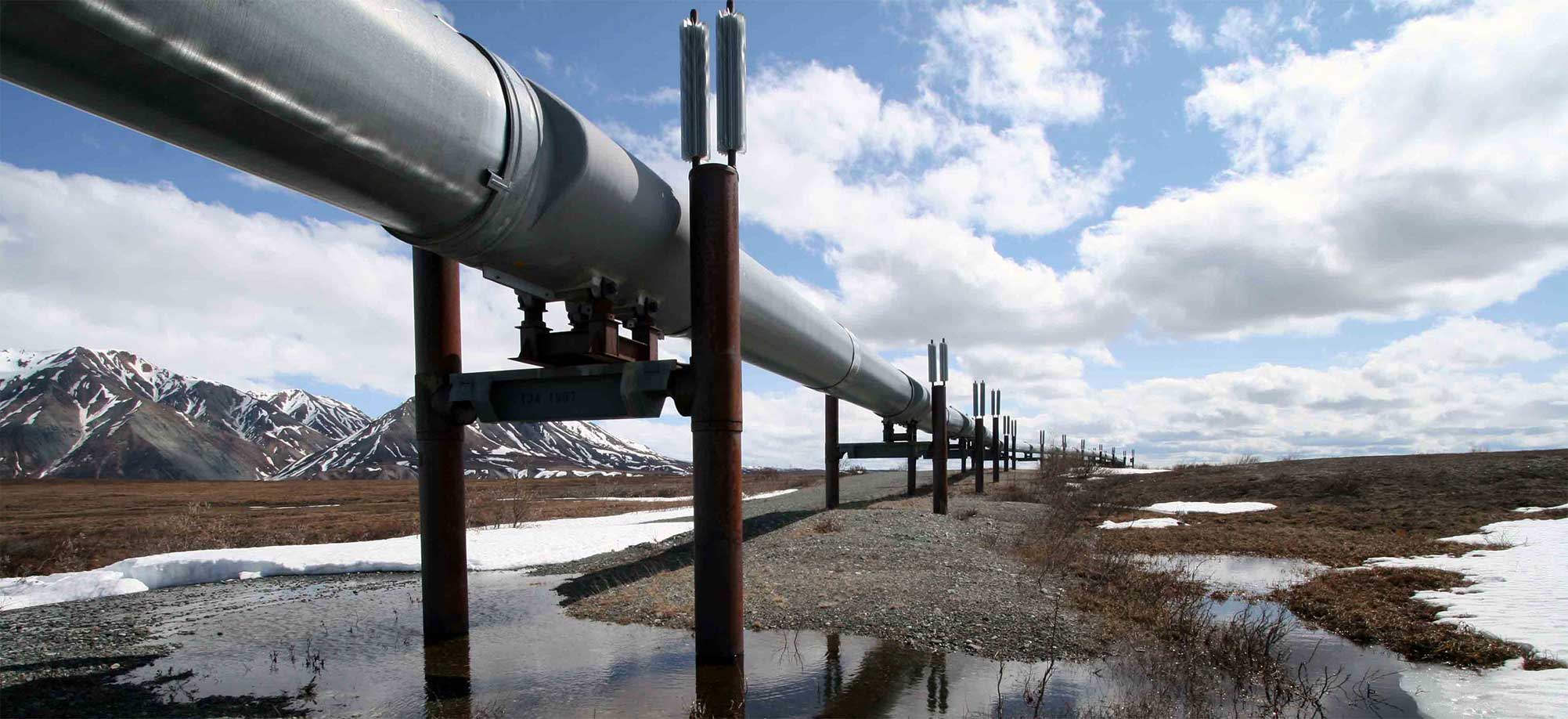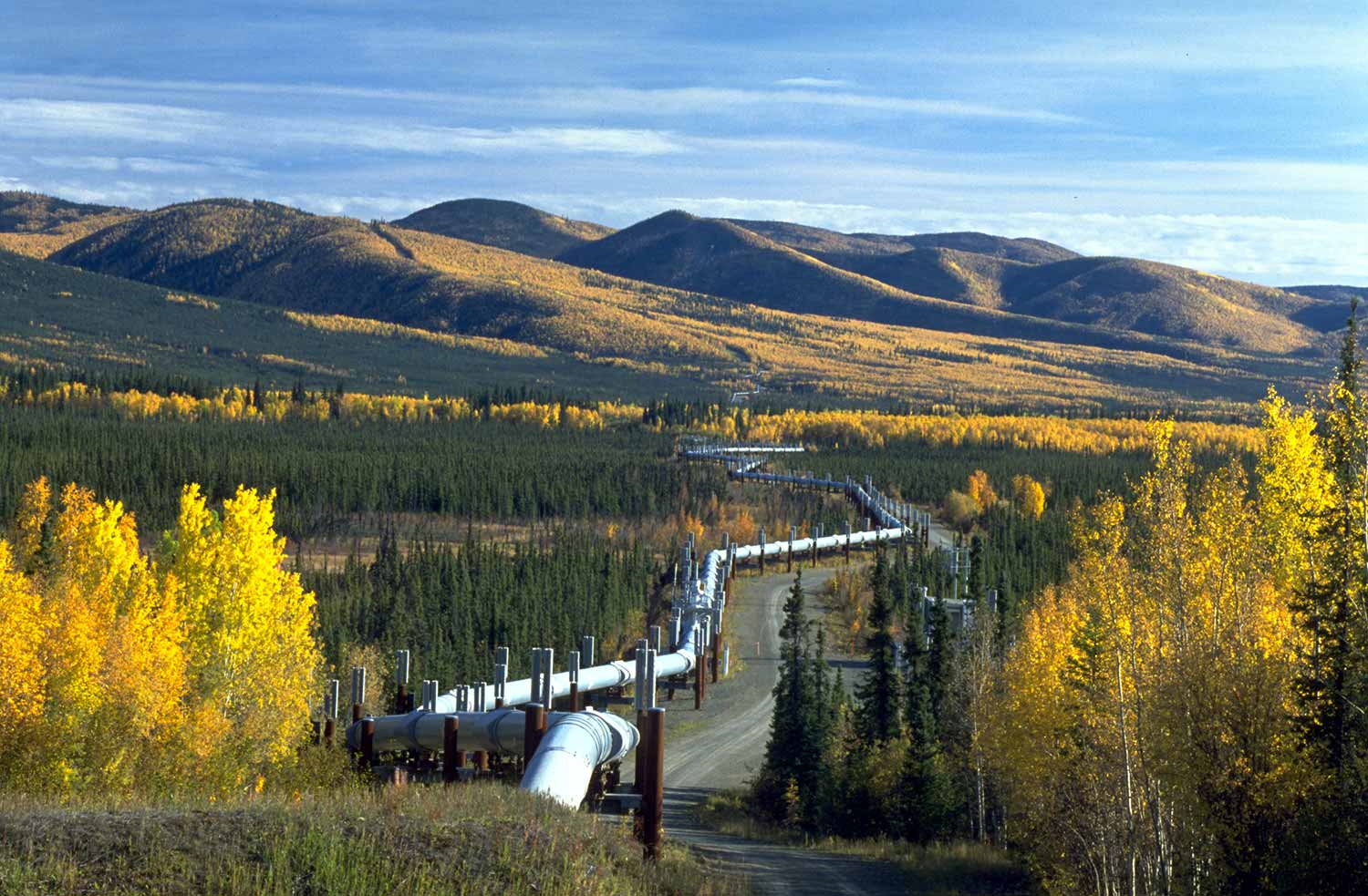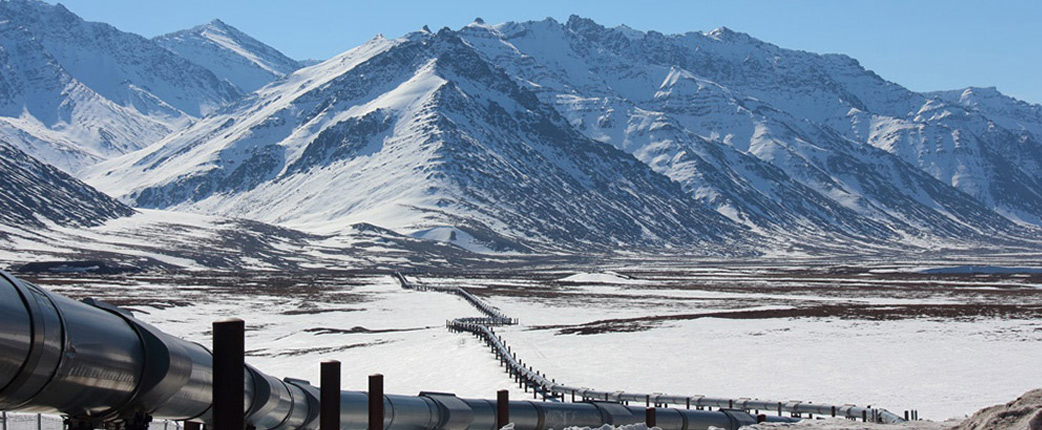
Photos provided by Alyeska Pipeline Service Company
Timeless Leadership Qualities
Adapting for success in the new workplace
By Admiral Tom Barrett
“Whatever you are, be a good one.” – President Abraham Lincoln
We live in an amazing era, marked by rapid economic and social change, fantastic technological advances, and dynamic business opportunities. Simultaneously, faith in institutions is eroding and the future is uncertain. This poses great challenges for any leader who must meet high stakeholder expectations and deliver results marked by improvement and innovation.
According to Edelman, an organization that has measured institutions for 18 years and presents its findings with its Trust Barometer, trust in our institutions is at an all-time low. However, this same research reports growing trust in CEOs and expert voices. This is a time of great opportunity for leaders to deliver positive impacts.
Today, leaders and their staffs and organizations must adapt to thrive. I see this every day at Alyeska Pipeline Service Company. And though our world is changing quickly, certain fundamental and time-tested leadership qualities remain constant and fuel success. The following three leadership qualities were effective in my experience in the Coast Guard, and they will remain effective in the future.
1) Know your Craft
People will not follow someone who isn’t great at their work. Leaders must excel at what they do if they expect excellence from their staff and operational excellence from their organization. Leaders must also evolve and improve constantly – today’s knowledge will not suffice tomorrow. Curiosity and personal drive to explore, learn, and understand issues help leaders foster innovation and set a clear and credible vision. Demonstrated expertise earns respect and the trust of others, which drives results. Knowledgeable leaders are comfortable innovating and pushing the boundaries of an organization’s capabilities because they know what “good” looks and feels like. They are also comfortable relying on the expertise of others because they understand that they can’t know it all.
2) Keep your Aperture Wide
Looking out for others is a critical leadership trait. In dangerous workplaces, the first job of any leader is getting their people home safely. People don’t follow those whose only interest is self-interest. Leaders must set goals, hold others accountable, and ultimately hold themselves accountable for the results. But a leader’s fundamental role is to help others succeed. Strong leaders look beyond their own mirror. They use broad insight, compassion, and focus on others to elevate their organizations as well as the communities they call home. Love of fellow human beings and the world we inhabit together is a defining leadership quality.

3) Stay Grounded in Values
To bring lasting benefit to any organization or business, leaders must make decisions with integrity, respect, and moral courage. When these values are present, regardless of how difficult a decision is, the benefits to the organization, its people, and the community will likely endure. Saying the right thing is not difficult; consistently doing the right thing can be enormously challenging. If one considers what causes leaders to fail, it is generally a departure from values. If we think of people we truly admire and actions we are personally proud of, sound values lived are inevitably part of what we remember.
Living these leadership qualities in our work is essential to our success. But observing them in action is truly gratifying. I witnessed one such example during my time as Coast Guard Commander in Alaska, when a distress call reported boats missing in the Bering Sea. A party of indigenous Russians had traveled by open skiff to visit relatives in Alaska. Rushed by expiring visas, they set out for home despite inclement weather. One skiff was reported capsized, a father and son were feared lost, and three other boats were missing.
Captain Jim Ng, commander of USCG Air Station Kodiak, was a highly decorated pilot. He fully understood the risks involved and the skills of his personnel as the Coast Guard launched search crews. Coast Guard drift models predicted the skiffs were likely in Russian waters. In line with a standing agreement with Russia, we agreed to conduct the search in U.S. waters while they covered Russian space.
After three challenging days, Coast Guard crews were tiring and running short on supplies. We had confidence that if the skiffs had been in U.S. waters we would have found them. Sadly, we received back-channel information from a source in Russia that their government had not launched a search. Americans were the only ones looking for the lost Siberian Yupiks.
As we started to suspend our search, Moscow suddenly reversed and agreed to let us search their waters. I asked Captain Ng, “Jimmy, what do you think?” We discussed crew fatigue, logistics, risks, and the likelihood of success. Captain Ng responded, “We can push out another day.” His decision was informed by expertise, confidence in the skills of the crews and their equipment, and an embrace of core Coast Guard values. Those in peril on the sea can be assured, whether they are Americans or foreigners, whether they are close by shore or far away, whether the seas are calm or stormy, if the Coast Guard can get to them, it will.
Coast Guard Kodiak crews flew over Russian waters and soon found two people, dehydrated but alive. Nearby, two other missing boats were located. Six lives were saved that day because of commitment that extended beyond what was required, enabled by resilient, thoughtful leadership.
Days later, a call came in to the operations center. I recall the broken English of the caller, who said, “Coast Guard, you are ‘gorgeous.’ These people were nothing. No one else would do what you did. Thank you.” Through strong values and exceptional professional competence, the Coast Guard saved six individuals whose own countrymen didn’t launch. That said a lot to me about the people I was fortunate to serve with, and a nation that supports such a Coast Guard.
I see a similar willingness to go beyond what is required to achieve outcomes that matter to everyone in Alaska where I work today, at Alyeska Pipeline Service Company, operator of the Trans Alaska Pipeline System (TAPS). On TAPS, I see skilled leaders with great “knowledge of craft” – engineers, technicians, fitters, heavy equipment operators, electricians, laborers, and Teamsters who keep 40-year-old equipment running smoothly and reliably despite the challenging weather and conditions that define working in Alaska. I see well-trained and capable response teams drill hundreds of times a year, always ready to respond to an incident we work equally hard to prevent. I see people who care deeply about Alaska’s water and wildlife go to exceptional lengths to protect them.
I also see people in Anchorage and Fairbanks and Valdez who look beyond themselves and give their time, money, and energy to schools, homeless shelters, food banks, and their neighbors. I see value-driven leaders across the company innovating and pushing to make operations safer, environmental protections stronger, business activities more efficient, and the overall system more resilient.

Photo by Ron Flodin © Alyeska Pipeline Service Company
In short, I see people who are highly skilled at what they do, learning and innovating to do better, keeping a wide aperture for others, and acting with integrity, respect, and pride as they move the North Slope oil that drives Alaska’s economy and benefits everyone who lives in our state. I see true leaders in action.

Admiral Tom Barrett, USCG (ret.) has been President of Alyeska Pipeline Service Company since 2011. Barrett previously served as Deputy Secretary of the United States Department of Transportation and the first Administrator of the U.S. Pipeline and Hazardous Materials Safety Administration (PHMSA), directing the agency’s national safety programs for hazardous materials and liquid, natural gas, petroleum, and other hazardous liquid pipelines. Prior to that, he served 35 years in the United States Coast Guard and attained the position of Vice Commandant, the number two position in the Coast Guard. He commanded Coast Guard operations in Alaska and the North Pacific from 1999 to 2002, emphasizing safety and environmental protection. Other Alaska tours included Kodiak and Juneau. He and his wife have lived in Alaska for more than 20 years.
Admiral Tom Barrett
President
Alyeska Pipeline Service Company